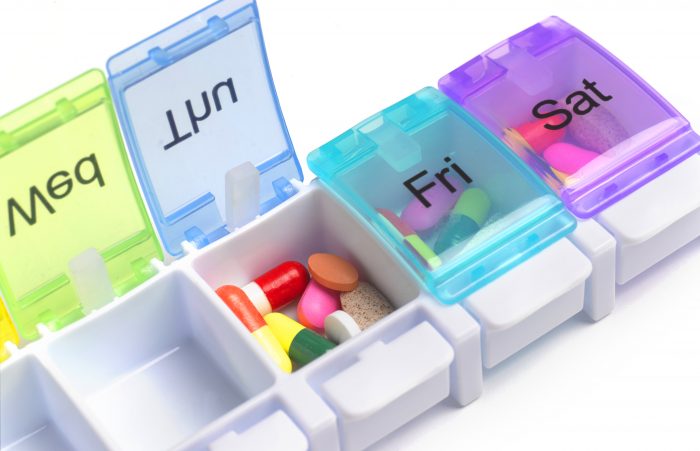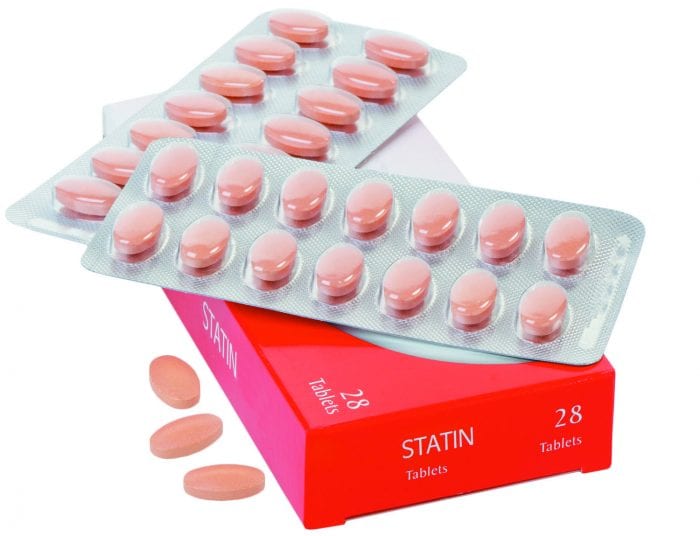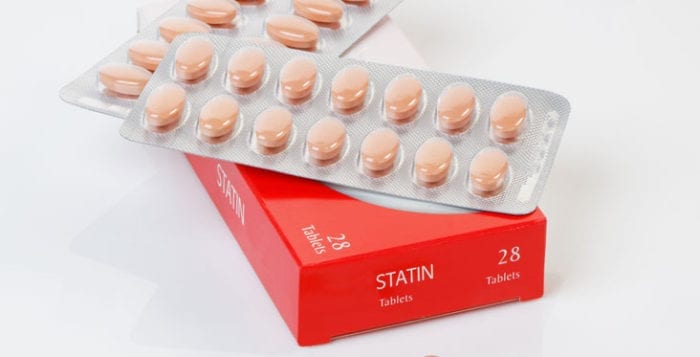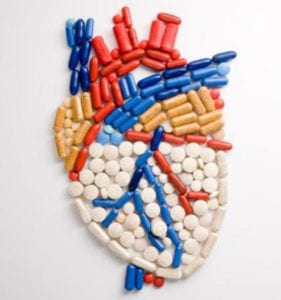Do the benefits outweigh the risks?
By David Dunaief, M.D.

Statins are one of the most commonly prescribed medications in the United States. First approved in the U.S. in 1987, they are still the “unpredictable uncle” at the pharmaceutical family table nearly 35 years later.
Many in the medical community still disagree about who should be taking a statin and for what purpose; some believe that more patients should be on this class of drugs, while others think it is overprescribed. This is one of the most polarizing issues in medicine — probably rightly so.
The biggest debate is over primary prevention with statins. Primary prevention is treating people with high cholesterol and/or inflammation who may be at risk for a first cardiovascular event, such as a stroke or heart attack. Currently, recommendations of the American College of Cardiology and the American Heart Association do not align with those of the U.S. Preventive Services Task Force, which is currently reviewing its own recommendations because of data updates.
Most physicians agree that statins have their place in secondary prevention — treating patients who have had a stroke or heart attack already or who have coronary artery disease.
We will examine benefits and risks for the patient population that could take statins for primary prevention. On one side are those who point to statins’ benefits: reduced cancer risk, improved quality of life and lowered glaucoma risk. On the other, we have those who note statins’ side effects: increased diabetes risk, fatigue and cataracts, to name a few. Let’s look at some of the evidence.
Cancer studies
A study published in The New England Journal of Medicine involved 300,000 Danish participants and investigated 13 cancers. It showed that statin users may have a 15 percent decreased risk of death from cancer (1). As you can imagine, this news was greeted with excitement.
However, there were major limitations with the study. First, researchers did not control for smoking, which we know is a large contributor to cancer. Second, it was unknown which of the statin-using population might have received conventional cancer treatments, such as radiation and chemotherapy. Third, the dose of statins did not correlate to risk reduction. In fact, those who took 1 to 75 percent of prescribed statin levels showed more benefit in terms of cancer mortality risk than those who took more. We need a better-designed trial to determine whether there is really an effect.
Another study, a meta-analysis of 13 observational studies, showed that statins may play a role in reducing the risk of esophageal cancer. This is important, since esophageal cancer, especially adenocarcinoma that develops from Barrett’s esophagus, is on the rise. The results showed a 28 percent risk reduction in this type of cancer. The authors of the study surmise that statins may have a protective effect (2).
Although there is an association, these results need to be confirmed with randomized controlled trials. Aspirin has about the same 30 percent reduction in colorectal cancer, yet is not recommended solely for this use because of side effects.
Eye disease studies: mixed results
In two common eye diseases, glaucoma and cataracts, statins have vastly different results. In one study, statins were shown to decrease the risk of glaucoma by five percent over one year and nine percent over two years (3). It is encouraging that the longer the duration of statin use, the greater the positive effect on preventing glaucoma.
Statins also help to slow glaucoma progression in patients suspected of having early-stage disease at about the same rate. This was a retrospective study analyzing statin use with patients at risk for open-angle glaucoma. We need prospective (forward-looking) studies. With cataracts, it is a completely different story. Statins increase the risk of cataracts by over 50 percent, as shown in the Waterloo Eye Study (4). Statins exacerbate the risk of cataracts in an already high-risk group, diabetes patients.
Quality of life and longevity studies: a mixed bag
In a meta-analysis involving 11 randomized controlled trials, statins did not reduce the risk of all-cause mortality in moderate to high-risk primary prevention participants (5). This study analysis involved over 65,000 participants with high cholesterol and at significant risk for heart disease.
However, in this same study, participants at high risk for coronary heart disease saw a substantial improvement in their quality of life with statins. In other words, the risk of a nonfatal heart attack was reduced by more than half and nonfatal strokes by almost half, avoiding the potentially disabling effects of these events.
Fatigue side-effect study
Some of my patients who are on statins complain of fatigue. A randomized controlled trial published in the Archives of Internal Medicine reinforces the idea that statins increase the possibility of fatigue (6).
Women, especially, complained of lower energy levels, both overall and on exertion, when they were blindly assigned to a statin-taking group. The trial had three groups: two that took statins, simvastatin 20 mg and pravastatin 40 mg; and a placebo group. The participants were at least 20 years old and had LDL (bad) cholesterol of 115 to 190 mg/dl, with less than 100 mg/dl considered ideal.
In conclusion, some individuals who are at high risk for cardiovascular disease may need a statin, but it is likely that statins are overprescribed in primary prevention. Evidence of the best results points to lifestyle modifications, including diet and exercise shifts, with or without statins.
References:
(1) N Engl J Med 2012;367:1792-1802. (2) Clin Gastroenterol Hepatol. 2013 Jun; 11(6):620–629. (3) Ophthalmology 2012;119(10):2074-2081. (4) Optom Vis Sci 2012;89:1165-1171. (5) Arch Intern Med 2010;170(12):1024-1031. (6) Arch Intern Med 2012;172(15):1180-1182.
Dr. David Dunaief is a speaker, author and local lifestyle medicine physician focusing on the integration of medicine, nutrition, fitness and stress management. For further information, visit www.medicalcompassmd.com.










